 As it turns out, the envelope in which my great-great-grandmother’s letter to her son was mailed in 1864 (and found in my grandfather’s box of family papers) also contains a story written by my great-grandfather and dated 1 November 1862. His own interpolations are marked ^: Continue reading “There was an eastern prince”
As it turns out, the envelope in which my great-great-grandmother’s letter to her son was mailed in 1864 (and found in my grandfather’s box of family papers) also contains a story written by my great-grandfather and dated 1 November 1862. His own interpolations are marked ^: Continue reading “There was an eastern prince”
Monthly Archives: September 2015
A genealogist’s research process
 [Editor’s Note: Between June and August of this year, Alicia wrote two series on her research and writing methodologies. In the interest of bringing them together, and sharing them with a fresh audience, they are offered again, with some of the author’s commentary.]
[Editor’s Note: Between June and August of this year, Alicia wrote two series on her research and writing methodologies. In the interest of bringing them together, and sharing them with a fresh audience, they are offered again, with some of the author’s commentary.]
From Collecting published accounts:
This may turn out like watching sausage being made or paint dry, but let’s walk through the process of creating an Early New England Families Study Project entry.
We start with the entry from Torrey’s New England Marriages Prior to 1700: Continue reading A genealogist’s research process
Writing family history from A to Z
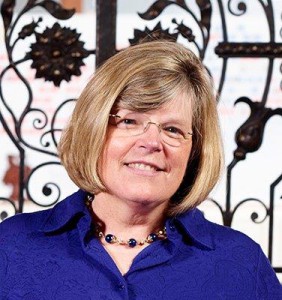 When writing your family history, it’s important to decide what to omit. This almost sounds like perverse advice, doesn’t it? And yet, when I read a recent New Yorker article on that topic by John McPhee,[1] I realized that omission is an essential part of the process of all writing: whether it’s a letter, a memo, an essay . . . or a family history.
When writing your family history, it’s important to decide what to omit. This almost sounds like perverse advice, doesn’t it? And yet, when I read a recent New Yorker article on that topic by John McPhee,[1] I realized that omission is an essential part of the process of all writing: whether it’s a letter, a memo, an essay . . . or a family history.
McPhee describes the process of writing as selection. You begin, he says, by choosing “one word and only one from more than a million in the language,” and then you choose the next. Continue reading Writing family history from A to Z
For want of a key
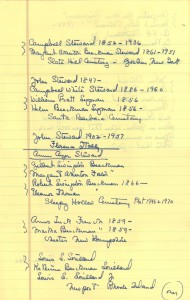
I would venture to say that many of us got our start in genealogical research with the kind of handwritten notes on cemeteries I found in my grandfather’s box of family papers. My great-aunt Margaret Steward (1888–1975) was the family historian, and doubtless it was at my grandfather’s request that she wrote out this long-hand list of places where family members were buried.
Her list is invaluable, and yet it is also frustrating. As a beginner when I first saw this list, such a list of names daunted (and intrigued) me: who were these exotic Beeckmans and Lorillards and Stuyvesants? What were the connections between them? – obvious to Aunt Margaret, and to her brother, since the people listed were the Stewards’ parents and grandparents, uncles and aunts, with a sprinkling of cousins; yet, absent a key, a family mystery to future generations. Continue reading For want of a key
Finding a better life
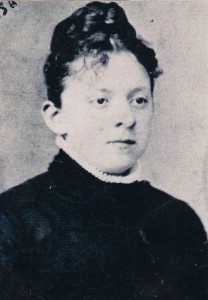
It is said time and time again that our immigrant ancestors came to America for a better life. What I often find in my research is that once they made the journey, they were met with hardship and heartache.
In 1845, my great-great-great-grandfather Terence Duross and his brother Charles emigrated from Trillick (Kilskeery parish) in County Tyrone, Ireland. They settled in Massachusetts where they were naturalized, married, and had children. Then in 1862, at age 36, Terence was struck by lightning and killed, leaving behind his wife and three small children. In 1876, Charles was killed in a railroad car accident at age 47, leaving his wife and six children ranging in age from 3 to 21. It was the not future they had envisioned, certainly. But given that they left Ireland at the time of the Great Famine, what choice did they really have? Continue reading Finding a better life
Harry Potter? Harry Leech!
 To a genealogist who is also a huge Harry Potter fan, the recent news from J.K. Rowling has been very exciting. According to a short story posted to her website, the origin of the Potter surname has deep roots in twelfth-century England. According to Jo, Linfred of Stinchcombe was “a vague and absent-minded fellow whose Muggle neighbours often called upon his medicinal services. None of them realised that Linfred’s wonderful cures for pox and ague were magical; they all thought him a harmless and lovable old chap, pottering about in his garden with all his funny plants.”[1] As a result, his nickname “the Potterer” transformed into the surname Potter. Continue reading Harry Potter? Harry Leech!
To a genealogist who is also a huge Harry Potter fan, the recent news from J.K. Rowling has been very exciting. According to a short story posted to her website, the origin of the Potter surname has deep roots in twelfth-century England. According to Jo, Linfred of Stinchcombe was “a vague and absent-minded fellow whose Muggle neighbours often called upon his medicinal services. None of them realised that Linfred’s wonderful cures for pox and ague were magical; they all thought him a harmless and lovable old chap, pottering about in his garden with all his funny plants.”[1] As a result, his nickname “the Potterer” transformed into the surname Potter. Continue reading Harry Potter? Harry Leech!
A family of photographers
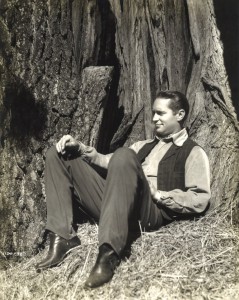
One of the pleasures of collecting old photographs is the (perhaps unsurprising) genealogical content they embody – or maybe that’s just me. The focus of my recent collecting has been Hollywood photographs of the 1910s, ‘20s, ‘30s, ‘40s, and even ‘50s; I find my interest drops off at about 1960. To some extent, my collection process is driven by the genealogist in me, as I like to buy images of Hollywood wives (and their husbands) or husbands (and their wives). For someone like Joan Crawford, who married three of her co-stars, such a policy leads quickly to further purchases. Continue reading A family of photographers
A dream come true
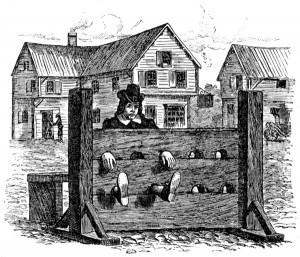 Colonial Massachusetts records are a family historian’s dream come true. From the beginning, early Bay colonists meticulously tracked the goings on of their communities, leaving records of government and community alike. These habits have resulted in a veritable trove of records available for genealogical pursuit, mostly aptly demonstrated in the large Massachusetts Vital Records to 1850 collection. However, vital records were not the only documents that these early settlers left behind. Surviving court records for some early Massachusetts counties are quite detailed; despite the wealth of information they contain, they are often overlooked by family historians. Continue reading A dream come true
Colonial Massachusetts records are a family historian’s dream come true. From the beginning, early Bay colonists meticulously tracked the goings on of their communities, leaving records of government and community alike. These habits have resulted in a veritable trove of records available for genealogical pursuit, mostly aptly demonstrated in the large Massachusetts Vital Records to 1850 collection. However, vital records were not the only documents that these early settlers left behind. Surviving court records for some early Massachusetts counties are quite detailed; despite the wealth of information they contain, they are often overlooked by family historians. Continue reading A dream come true
Prison time
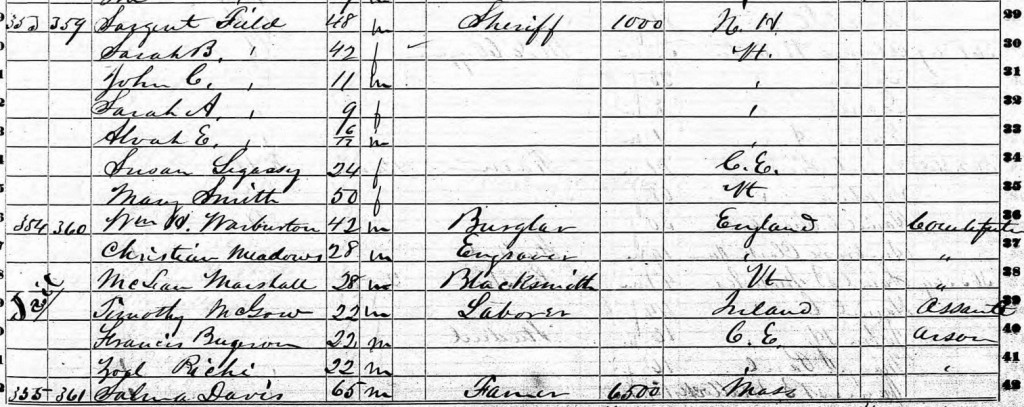
The Federal Census of the United States was established to accurately list the nation’s citizens, including those serving time in jail. In June 1850, men by the name of Christian Meadows and William H. Warburton (better known by his alias of “Bristol Bill”) were found guilty of counterfeiting currency at Groton, Vermont.[1] Meadows appears in the 1850 Census living in Danville, Caledonia County, with his condition listed as “counterfeiter.” Directly above Meadows is Warburton, whose profession is listed simply as “burglar.” Continue reading Prison time
What’s in a photo?

I have been looking at lots and lots of photos lately – mostly of my mother-in-law, Ella Mabel Corke. Her recent death at 99 – almost 100 – prompted a sifting of hundreds of photos. Ella’s family always seemed to have a camera at the ready, so her long, full life is well documented pictorially. I found myself studying two particular photos closely. Continue reading What’s in a photo?